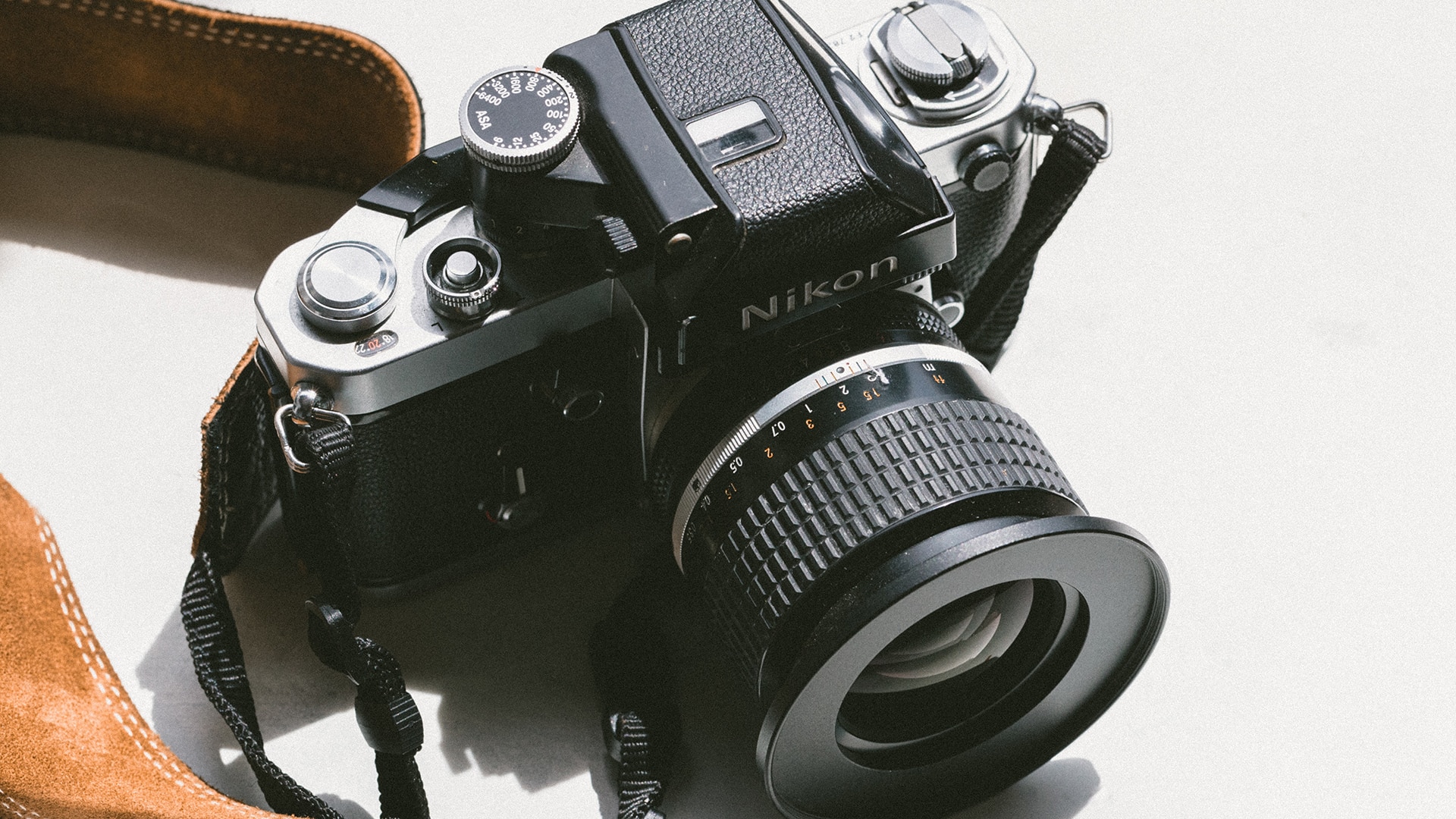Film photography will never go away, and though it gains and loses popularity over time periods, it remains an essential practice of the trade, one that is both technical and playful and appreciated for its grain and the vintage look it can give to images. While it still appeals to people with nostalgia for the past, it is also increasingly attractive to newer generations. Here are some tips for beginners who want to try their hand at shooting for film.

You’re getting blind.
Don’t miss the best of visual arts. Subscribe for $9 per month or $108 $90 per year.
Already suscribed ?



